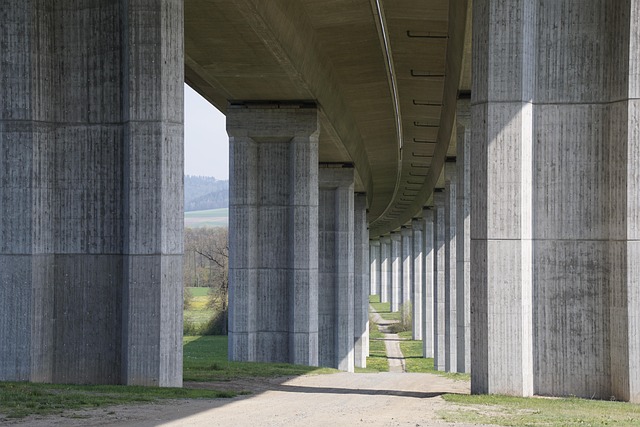Transportation access significantly impacts commercial real estate values, with properties near highways, transit hubs, or airports commanding premium prices due to convenience and reduced logistics costs. Areas with robust transportation infrastructure attract higher foot traffic, fostering economic growth and making them desirable for investors and tenants. In today's competitive market, developers must strategically place projects near transit hubs and high-traffic routes, incorporating innovative design elements like co-working spaces and smart transportation systems to enhance property appeal and cater to changing mobility needs.
Transportation access plays a pivotal role in shaping commercial real estate markets, influencing property values and attracting businesses. In today’s globalized world, efficient transport infrastructure is a game-changer for cities and regions. This article explores the intricate link between transportation access and commercial real estate value, delves into how improved transport systems drive business growth, and offers strategies for developers to capitalize on these accessibility trends in the competitive market.
The Link Between Transportation Access and Commercial Real Estate Value

Transportation access plays a pivotal role in determining the value of commercial real estate. Properties located near major highways, public transit hubs, or with easy access to airports often command premium prices due to their convenience and accessibility. This is especially true for businesses that rely on efficient logistics and supply chains; close proximity to transportation arteries can significantly reduce delivery times and costs.
The impact extends beyond direct savings. Areas with robust transportation infrastructure typically experience higher foot traffic, which is a boon for local businesses. Investors and commercial tenants alike seek out properties offering convenient access, as it enhances the overall desirability and potential for long-term success of a location. This dynamic relationship between transportation access and real estate value underscores the importance of strategic planning in urban development and infrastructure investments.
How Improved Transport Infrastructure Attracts Businesses

Improved transport infrastructure significantly enhances a region’s appeal for commercial ventures, especially in real estate. Efficient transportation networks streamline logistics and distribution processes, making it easier and more cost-effective for businesses to move goods and services. This accessibility attracts companies seeking optimal supply chain management, leading to increased investment and development opportunities.
Advancements like modern roads, robust public transit systems, and intermodal facilities facilitate seamless connectivity between different business hubs, residential areas, and commercial centers. Such accessibility encourages economic growth by fostering collaboration, expanding market reach, and attracting talent pools. As a result, businesses are drawn to locations with well-developed transportation infrastructure, driving real estate values higher and creating thriving commercial environments.
Strategies for Developers to Capitalize on Transportation Accessibility Trends

In today’s competitive real estate market, developers are increasingly looking to transportation accessibility as a key differentiator and growth driver. By strategically positioning projects near transit hubs or high-traffic routes, developers can attract a broader tenant and buyer base. This involves careful site selection, considering proximity to public transport networks, bike lanes, and walkability scores, which all contribute to enhancing property desirability.
To capitalize on these trends, developers should also embrace innovative design solutions that seamlessly integrate transportation infrastructure. This could include dedicated co-working spaces within transit stations, shuttle services linking properties to nearby attractions, or even the implementation of smart transportation systems that improve efficiency and convenience for residents and visitors alike. By embracing these strategies, real estate developers can create vibrant, connected communities that cater to evolving mobility needs.






